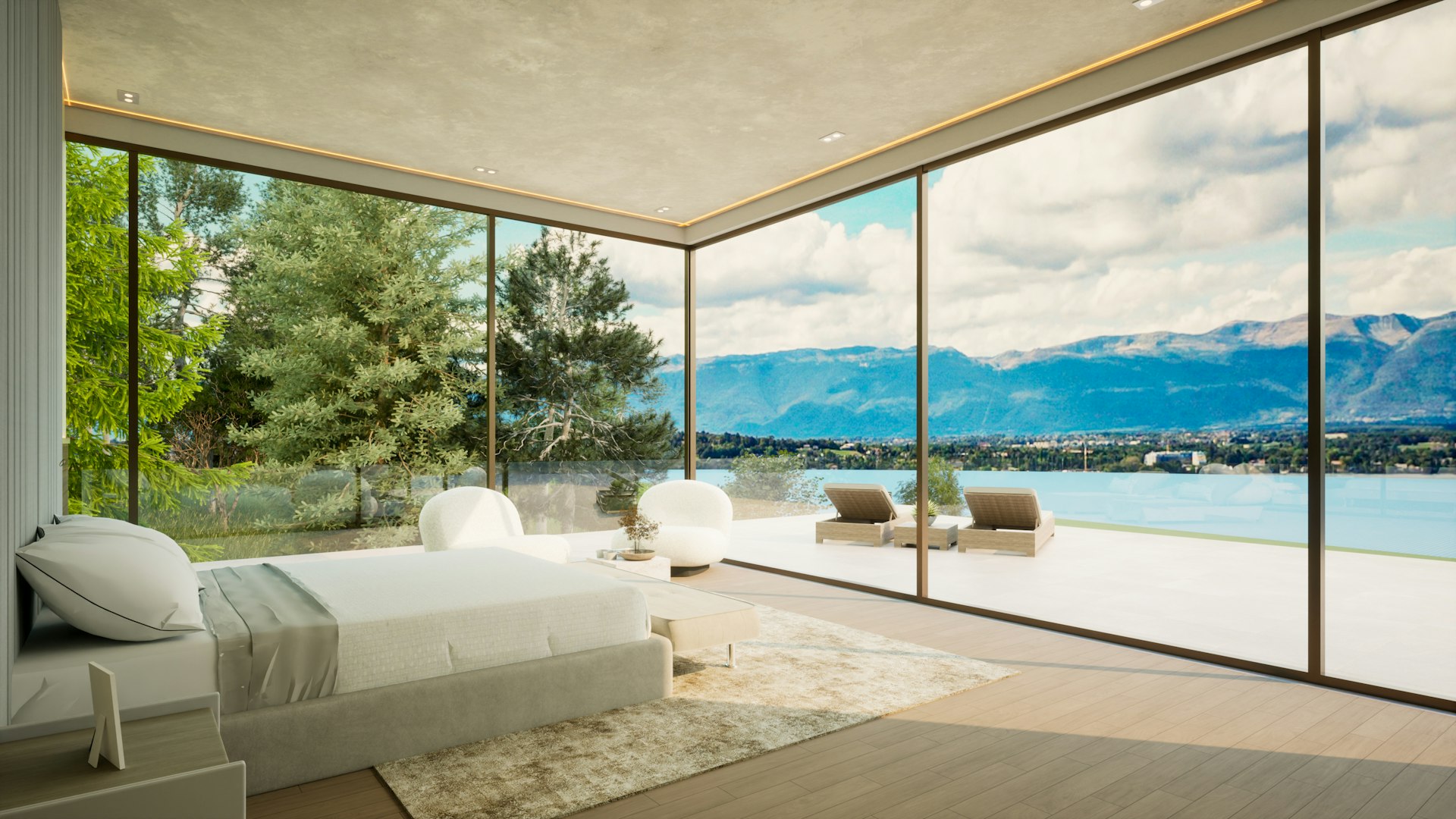Beginner’s Guide to Green Roof Design: Simple Ideas for Lasting Impact

Photo by Maju Dhu on Unsplash
Introduction: Why Choose a Green Roof?
Green roofs offer a practical and visually appealing way to improve your living environment, whether you have a sprawling home or a compact urban shed. As a beginner, you may be interested in adding greenery for better insulation, enhanced biodiversity, and a unique aesthetic. Many first-time installers may feel uncertain about where to start, but with the right information and a step-by-step approach, creating a green roof is within reach for most homeowners [1] . This guide will walk you through design ideas, material choices, practical steps, and maintenance tips, opening the door to sustainable living with lasting benefits.

Photo by Archidea X on Unsplash
Understanding Green Roof Types: Extensive, Intensive, and Semi-Intensive
Choosing the right green roof system is a foundational step. There are three main types:
- Extensive green roofs are lightweight, low-maintenance, and suitable for sheds, garages, or small structures. They typically use shallow soil layers and hardy, drought-tolerant plants like sedums or alpine species. This is often the recommended option for beginners due to its simplicity and lower structural requirements [2] .
- Intensive green roofs resemble rooftop gardens with deeper soil and a wider variety of plants, including small shrubs and perennials. These are heavier and require stronger structural support as well as more ongoing maintenance [2] .
- Semi-intensive green roofs fall between the two, supporting a broader range of plants than extensive roofs but with less weight and maintenance than intensive setups. These may be suitable for medium-sized projects [2] .
For most beginners, extensive or tray-based systems are the preferred starting points. Green roof trays are self-contained and easy to install, suitable for DIYers with limited experience.
Inspiration: Small-Scale Green Roof Design Ideas
Green roofs are not just for large buildings. Even small spaces can be transformed. Here are a few creative ideas for beginners:
- Bike stores and bin sheds: Adding a green roof to an outdoor bike store or bin shed injects greenery into even the smallest garden. These structures are generally sturdy enough for lightweight, extensive systems with low-growing plants [1] .
- Garden sheds: Many homeowners have successfully added green roofs to their sheds, using pond liners and simple timber frames to hold the substrate and plants. This creates a vibrant focal point and improves insulation [5] .
- Birdhouses and bug hotels: Starting small with wildlife-friendly structures like birdhouses or bug hotels allows beginners to gain experience before tackling larger projects [3] .
These examples show that green roofing can scale to your comfort level and available space, with each project offering valuable experience.
Step-by-Step: How to Build a Simple Green Roof
Designing and building a basic green roof involves careful planning and a few essential materials. Here’s a step-by-step guide for a typical small shed or outbuilding:
- Check structural support: Ensure your roof can handle the additional weight of soil and plants. For sheds and small buildings, extensive systems are generally safe, but if in doubt, consult a structural engineer.
- Add waterproofing: Lay down a high-quality pond liner or roof membrane to protect the underlying structure from water damage. Secure the liner with flashing tape around the edges to prevent leaks [4] .
- Install a drainage layer: Place small stones or specialist drainage mats on top of the liner to encourage run-off and prevent root rot. Larger gravel should border the roof to enhance drainage and keep plant roots in check [4] .
- Add a moisture retention layer: A moisture blanket (or repurposed towels/sacks) helps retain water for plants. Keep it damp and extend it to the roof edges.
- Apply lightweight substrate: Use a blend of lightweight soil and organic matter designed for green roofs. This keeps the system manageable and supports plant growth [2] .
- Plant selection: Choose hardy, drought-tolerant species such as sedums, alpine plants, and low-growing perennials. For color and biodiversity, consider dianthus, phlox, campanula, and similar varieties [3] .
- Edge protection: Secure the perimeter with timber edging or metal strips to keep soil and plants in place.
- Water and monitor: Water thoroughly after planting and monitor regularly during the first growing season. Extensive green roofs generally become self-sustaining after establishment.
For detailed installation examples, you can watch real-world builds such as those shown in this YouTube guide [5] .
Real-World Examples and Case Studies
The American Society of Landscape Architects’ headquarters demonstrates the significant impact of green roofs, with measurable reductions in building temperature and stormwater runoff. Their rooftop garden includes both shallow-rooted sedums and deeper beds with grasses and perennials, providing a living laboratory for green roof performance [3] . In small gardens, homeowners have used similar principles to green sheds, garages, and even small playhouses, often starting with structures as modest as birdhouses or bin stores [1] .
Maintenance Tips for Beginners
Green roofs require less maintenance than traditional gardens, but some ongoing care is essential, especially in the first year:
- Water newly-planted roofs regularly until plants are established. Afterward, rainfall is usually sufficient for drought-tolerant species [2] .
- Remove weeds and invasive species to prevent competition for resources.
- Inspect the waterproofing and drainage annually to prevent leaks or blockages.
- Top up substrate or add slow-release fertilizer as needed for plant health.
Some green roof tray systems are designed to be virtually maintenance-free, making them ideal for those seeking minimal upkeep.
Accessing Resources and Further Help
For those seeking guidance or supplies, many home improvement retailers and gardening centers stock green roof kits and substrate blends. You can search for “green roof tray systems” or “sedum roof kits” at local stores or reputable online suppliers. If you need professional support, landscape architects or green roof specialists can provide consultations-search for certified green roof installers in your area or consult your local building authority for recommendations.
For more technical or large-scale projects, the American Society of Landscape Architects and similar professional bodies offer directories and educational resources. You can find guidelines and best practices by searching for “green roof design guide” or by contacting your local extension office for region-specific advice.
Potential Challenges and Solutions
Common challenges for beginners include managing weight load, ensuring proper waterproofing, and selecting the right plants. To mitigate these issues:
- Always verify your structure’s load-bearing capacity before installation.
- Use quality waterproof membranes and drainage solutions to avoid water damage.
- Start with hardy, low-maintenance plants suited to your climate and roof conditions.
- If in doubt, begin with a small-scale project such as a bin store or birdhouse.
These steps will help you gain confidence and experience before progressing to larger or more complex green roofs.
Summary and Next Steps
Green roofs are achievable for beginners, offering beauty, environmental benefits, and practical improvements to your property. Start small, choose low-maintenance systems, and follow best practices for installation and care. As you gain experience, you can scale up your efforts and try new designs. For more inspiration and advice, consult professional organizations, local garden centers, or experienced installers in your area.
References
[1] Moral Fibres (2024). 7 Easy Green Roof Ideas For Small Gardens.
[2] Permagard (2019). Green Roof Construction – How to Guide.
[3] Garden Design. Green Roofs: Residential and Commercial Examples.
[4] Instructables. Build a Living Roof / Green Roof: 8 Steps.
[5] YouTube. Easy and Simple DIY Green Roof with Flowering Alpine.
MORE FROM mumsearch.com













